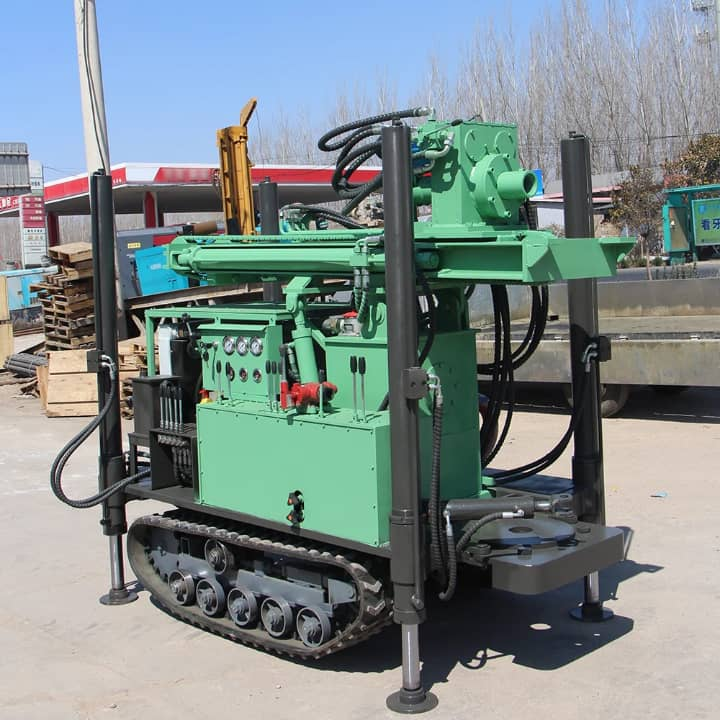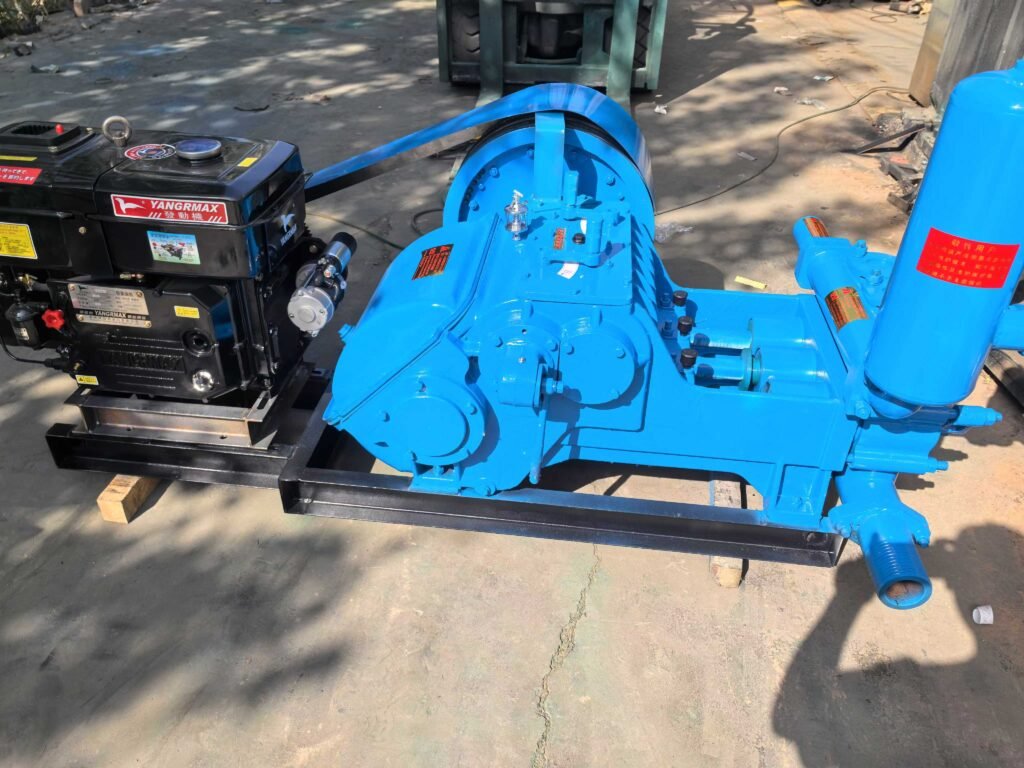Release Date: October 20, 2025
Dispatch Location: Changsha, China
Issuing Organization: Changsha Fast Drill Engineering Machinery Co., Ltd.
CHANGSHA, October 20, 2025 – In the global oil and gas exploration sector, debates over drilling technology pathways never cease. Among them, gas drilling (also known as air drilling) has attracted significant attention for its high penetration rate in specific formations. However, industry veterans and analytical reports consistently point out that traditional mud drilling technology, leveraging its exceptional capability to handle complex conditions, remains the most widely used and reliable foundational technology worldwide.
Following an International Energy Equipment Technology Summit held in Changsha, several engineers emphasized to our publication that although gas drilling has its applications, the core advantages of mud drilling in well control safety, formation adaptability, and cost controllability make it indispensable for the vast majority of exploration and development projects.

The Irreplaceable ‘Safety Guard’: Superior Well Control Capability
The most prominent advantage of mud drilling lies in its unparalleled well control capability.
“The mud column provides continuous, stable hydrostatic pressure, which is the first and most critical line of defense against the unexpected influx of formation fluids (such as oil and gas) into the wellbore,” explained Wang Lei, a senior drilling engineer from Changsha Fast Drill. “In contrast, gas drilling uses air or nitrogen as the circulation medium. Its hydrostatic pressure is much lower than mud, significantly increasing the risk of a blowout when encountering high-pressure oil and gas zones.”
The filter cake formed by drilling mud on the wellbore wall not only effectively stabilizes the wellbore but also allows for real-time adjustment of its density based on downhole pressure conditions, providing a safe and controllable operating window for drilling operations. This is a proven, mature, and reliable safety technology validated over decades.
The ‘Versatile Expert’ for Complex Formations
The flexibility of the mud drilling system is another key strength.
- Broad Formation Adaptability: From unconsolidated sandstones to unstable shales, from high-pressure salt layers to fractured reservoirs, mud systems can be tailored by adding various chemical additives to address diverse challenges. In comparison, when gas drilling encounters significant formation water, its efficiency drops sharply, potentially halting normal operations and often necessitating a switch to foam drilling or directly to a mud system, leading to increased costs and project delays.
- Excellent Borehole Cleaning and Cooling Effects: Mud has superior cuttings transport capacity, effectively carrying drilled cuttings from the bottom of the hole to the surface. Simultaneously, it provides better lubrication and cooling for the drill bit and drill string, extending their service life—a crucial factor for deep and ultra-deep well drilling.
Balancing Economics and Environmental Management
From a total lifecycle cost perspective, mud drilling often demonstrates more predictable and controllable economics.
“While gas drilling offers faster Rate of Penetration (ROP) in certain hard formations, its equipment rental costs (e.g., for large air compressors) and operational energy consumption are high,” stated a project manager from an international oilfield services company who wished to remain anonymous. “Although mud systems involve mixing and disposal costs, the technology is more widely available, the supply chain is more mature, and overall cost forecasting is more reliable. Particularly, the application of modern, high-efficiency mud pump systems further enhances its economic viability.”
Furthermore, modern mud technology places a high priority on environmental protection. The development of biodegradable, environmentally friendly mud systems, coupled with strict procedures for mud recycling and waste management, has significantly reduced its environmental impact. The promotion of closed-loop mud systems has drastically minimized drilling waste, aligning with increasingly stringent global environmental regulations.
Conclusion: Complementary, Not Substitutive
The industry consensus is that gas drilling and mud drilling are not simple substitutes but rather complementary technological options. Gas drilling acts like a ‘special forces unit,’ effective in specific scenarios like arid, hard, and low-pressure formations. Mud drilling, however, is the ‘main force,’ undertaking the vast majority of global drilling tasks with its stability, reliability, and powerful adaptability.
As equipment manufacturers like Changsha Fast Drill continue to introduce smarter and more efficient new mud pumps and solid control systems, the cornerstone status of mud drilling technology is expected to remain unshaken for the foreseeable future. For exploration and developers, the wise approach is not choosing one over the other, but rather selecting the most scientific, safest, and most economical technological solution based on specific geological conditions.
Media Contact:
Changsha Fast Drill Engineering Machinery Co., Ltd.
sicher@finedrill.com

